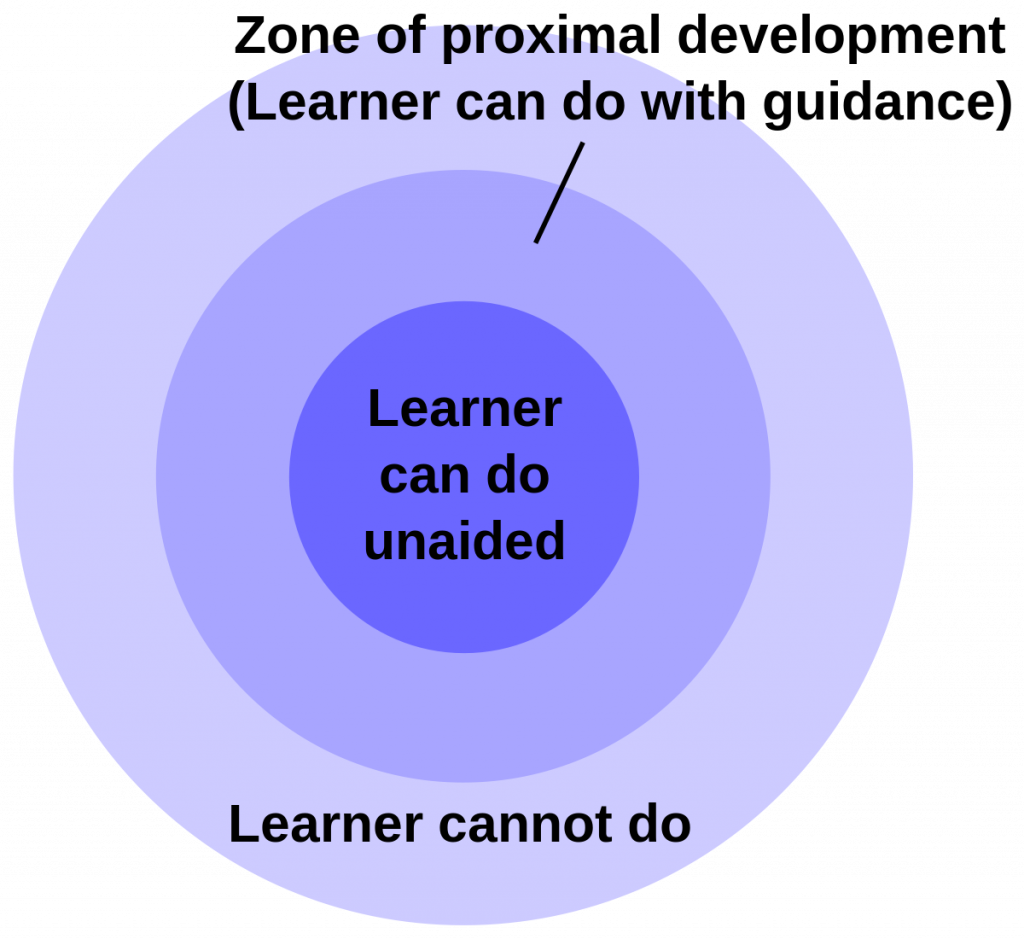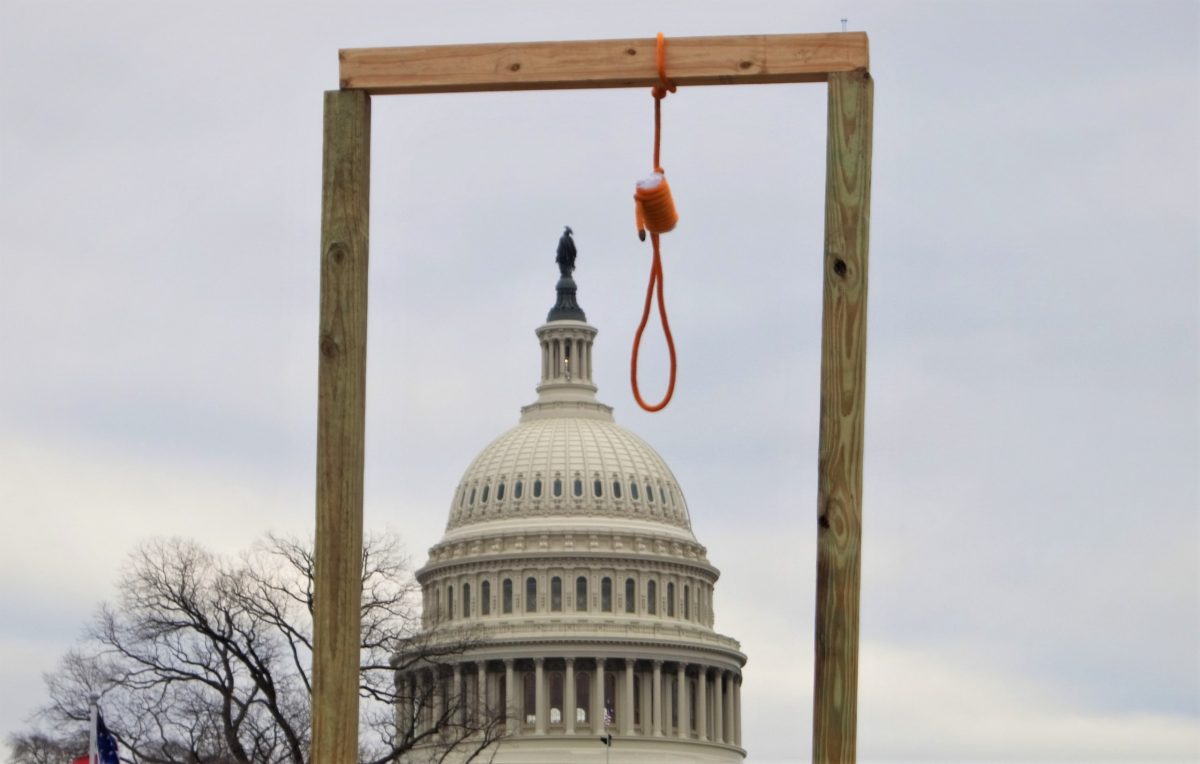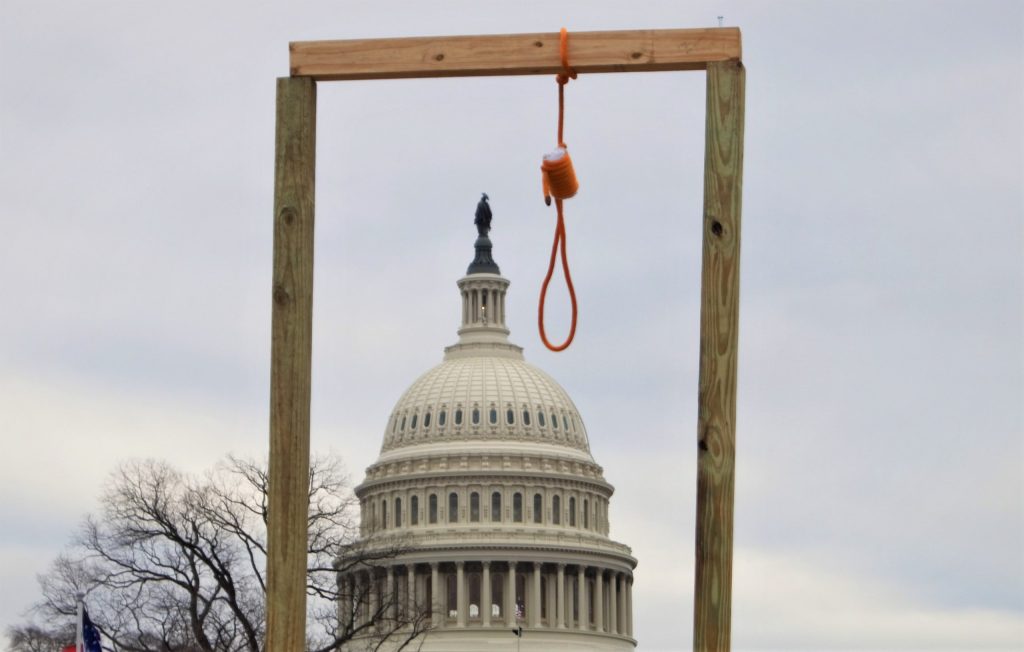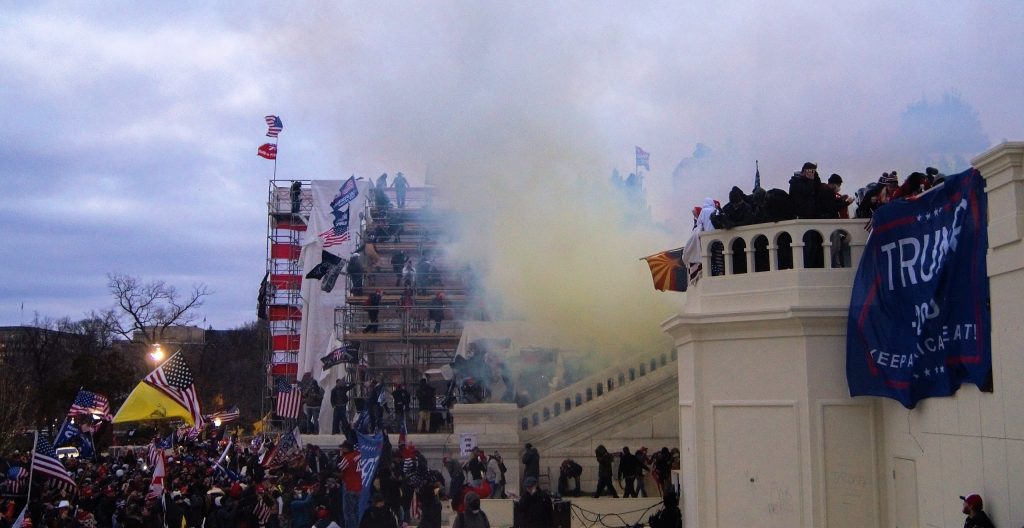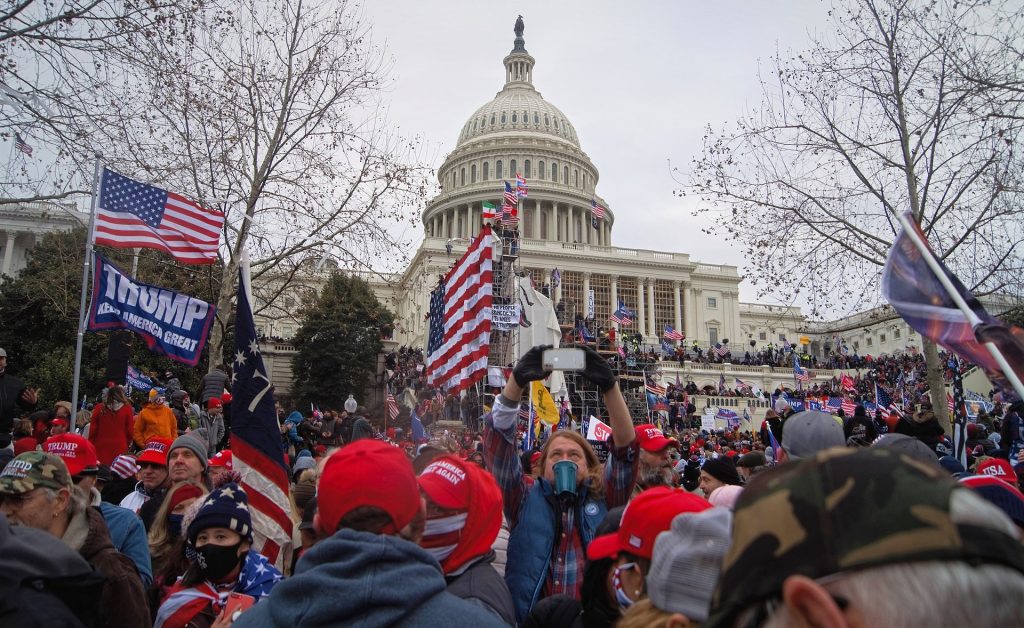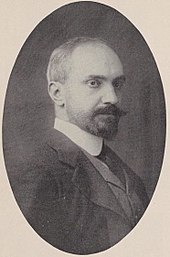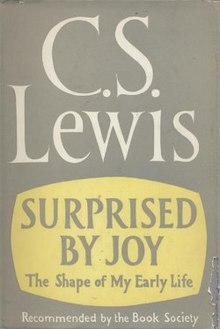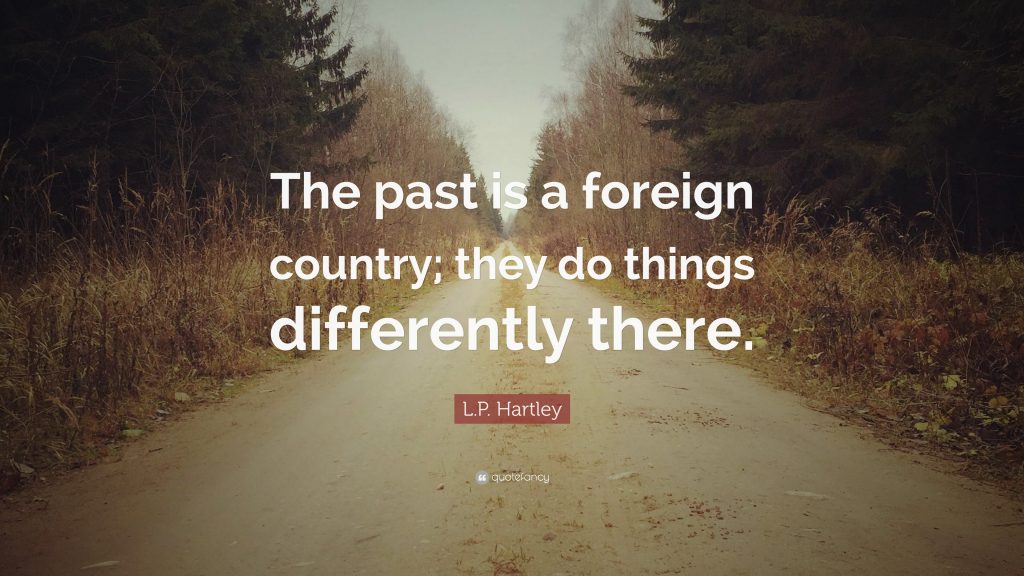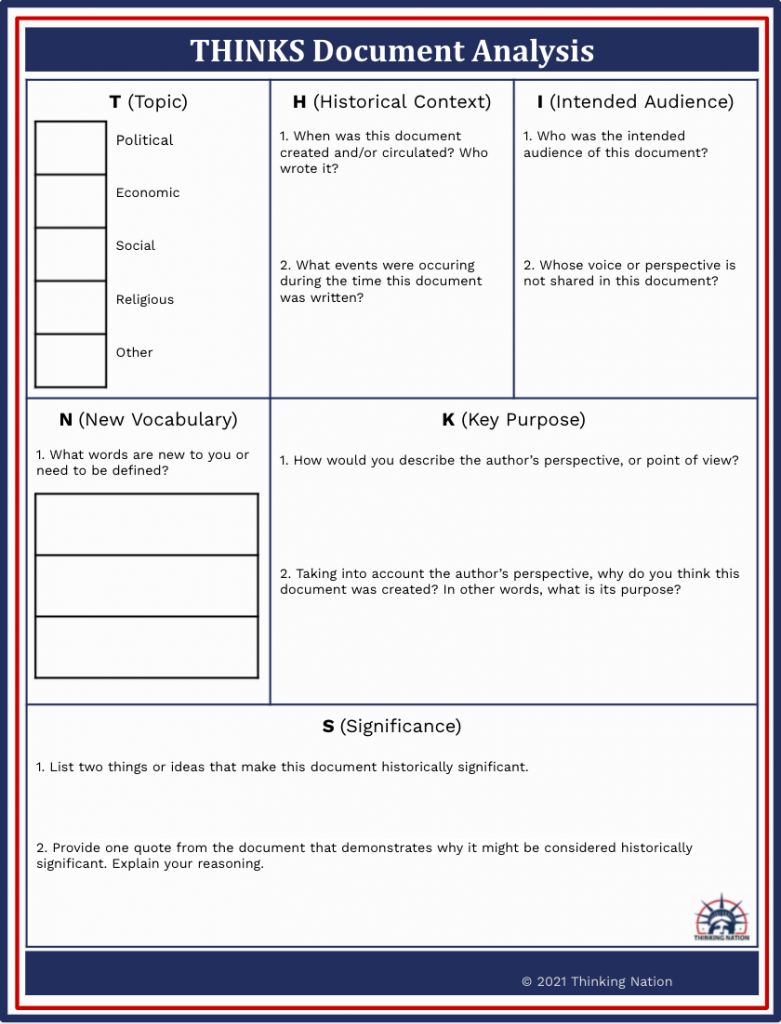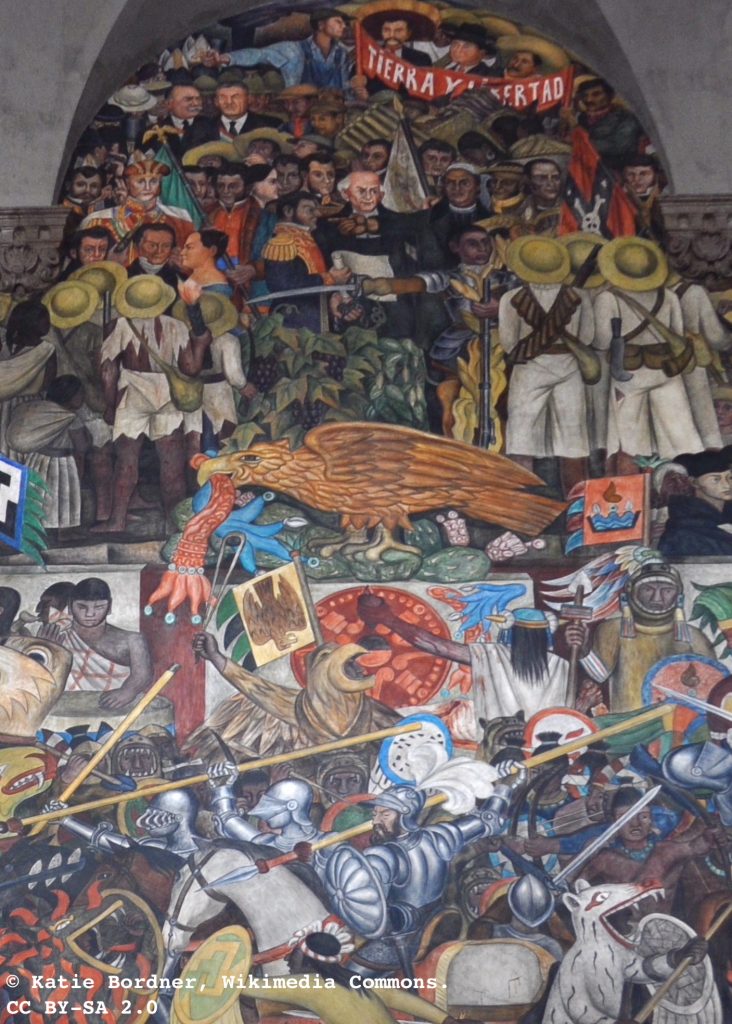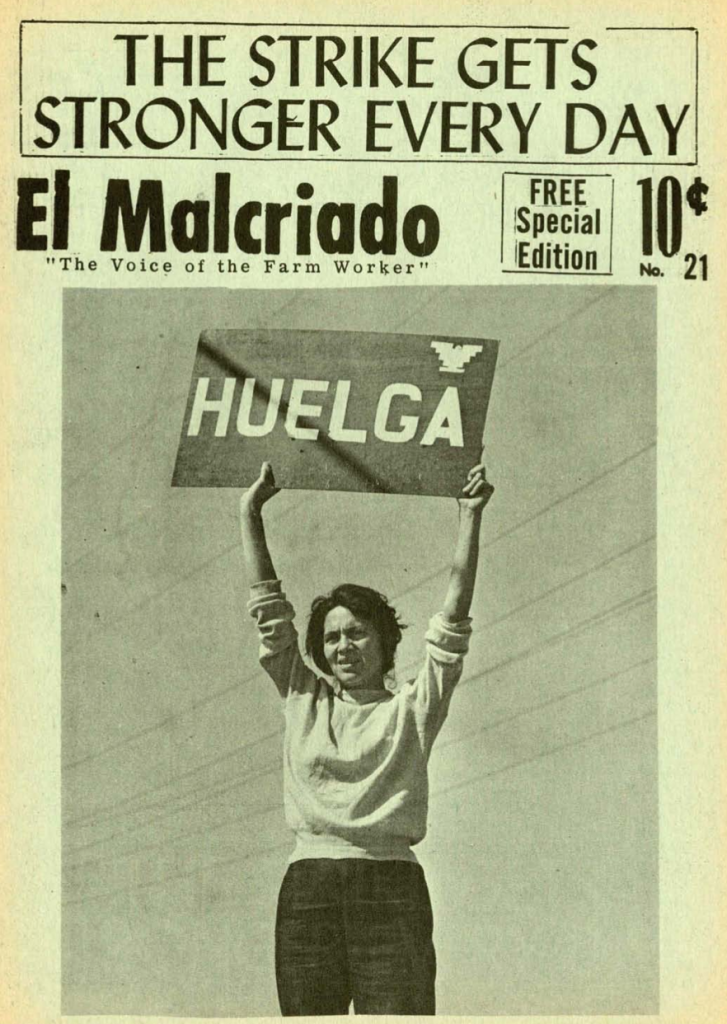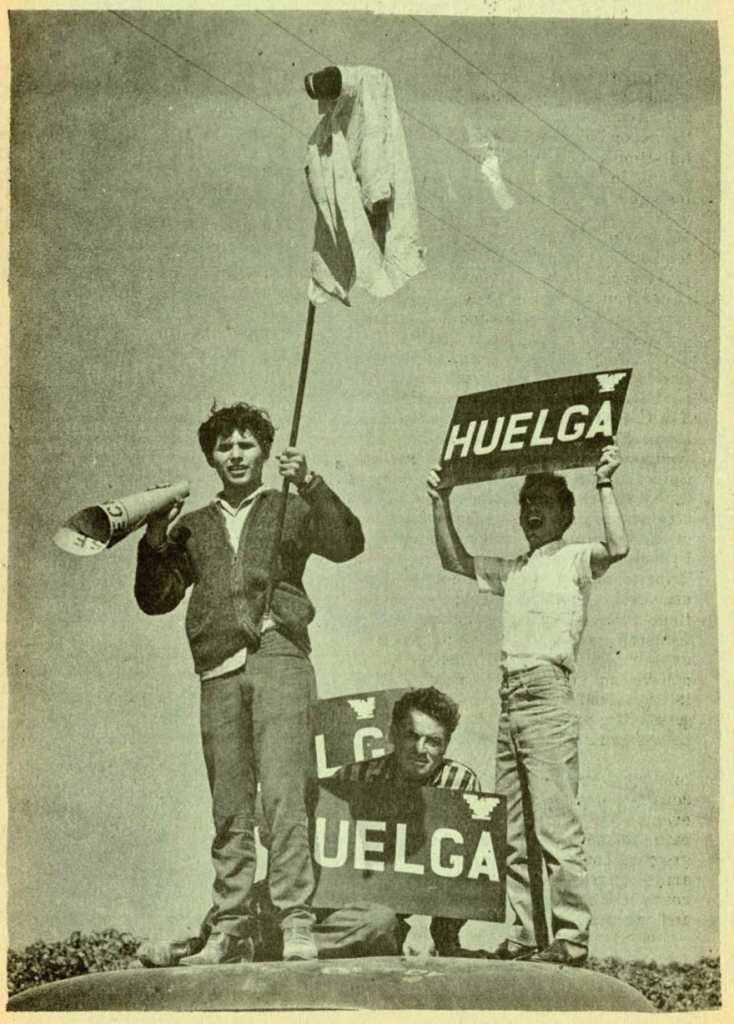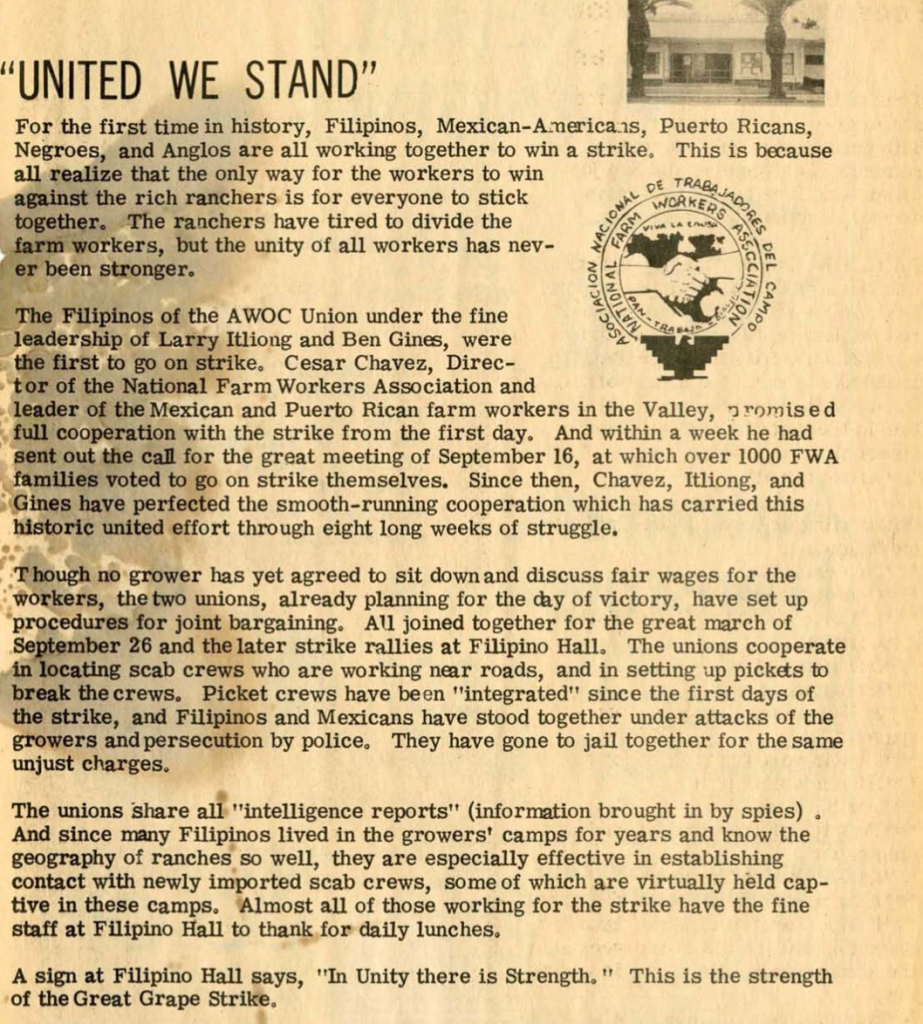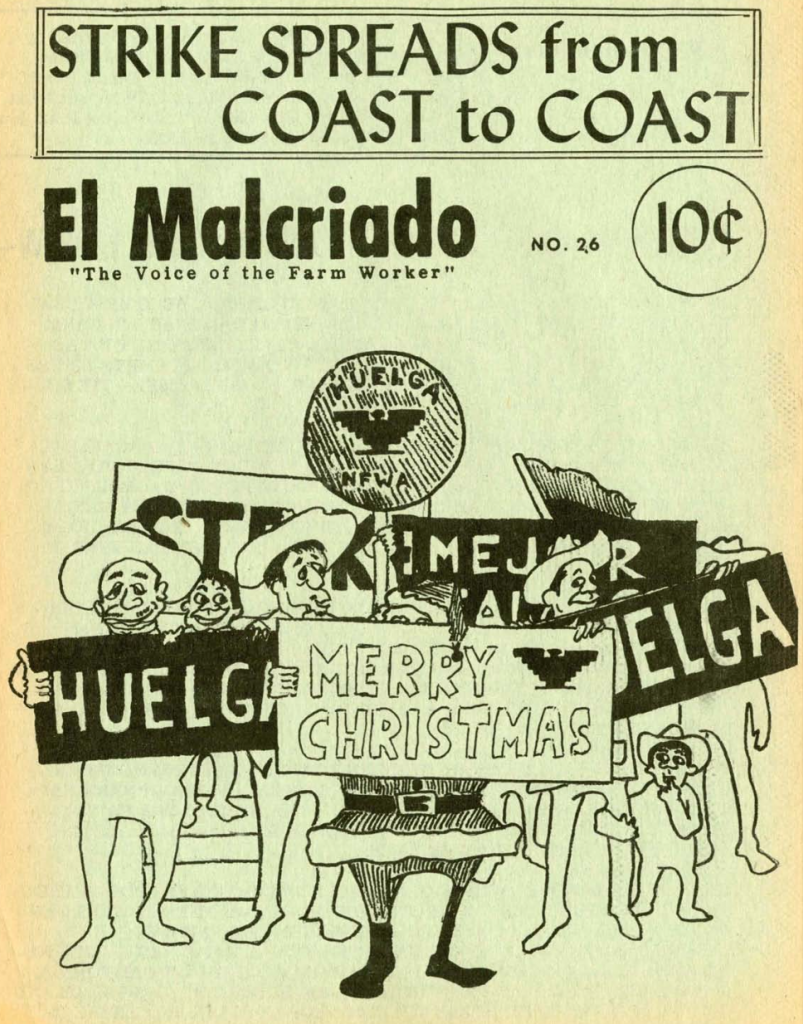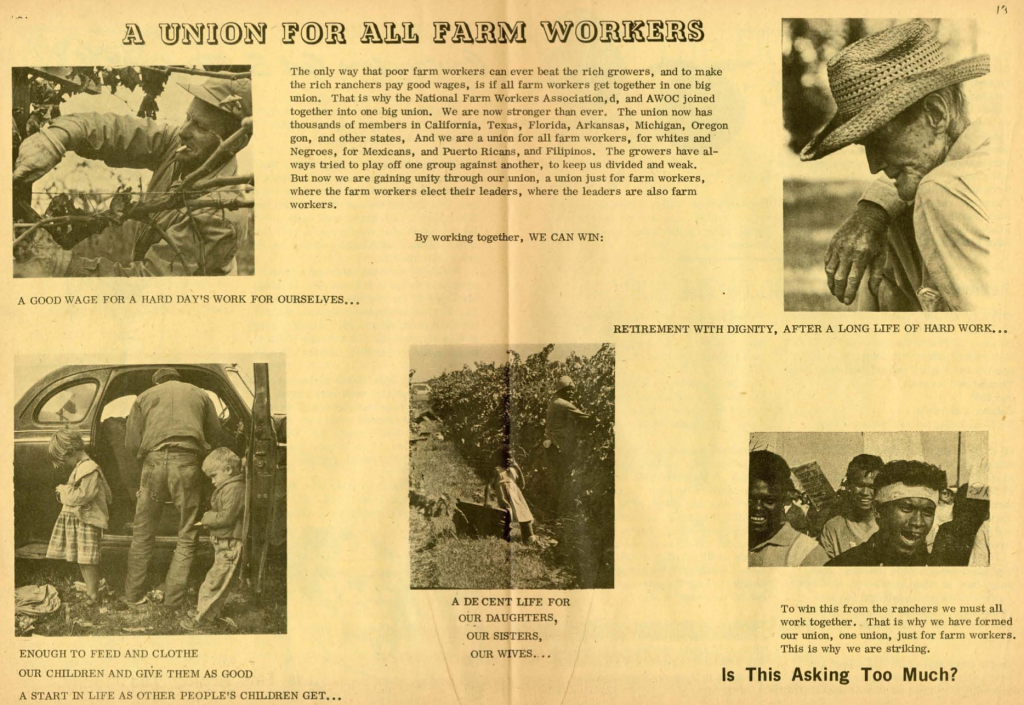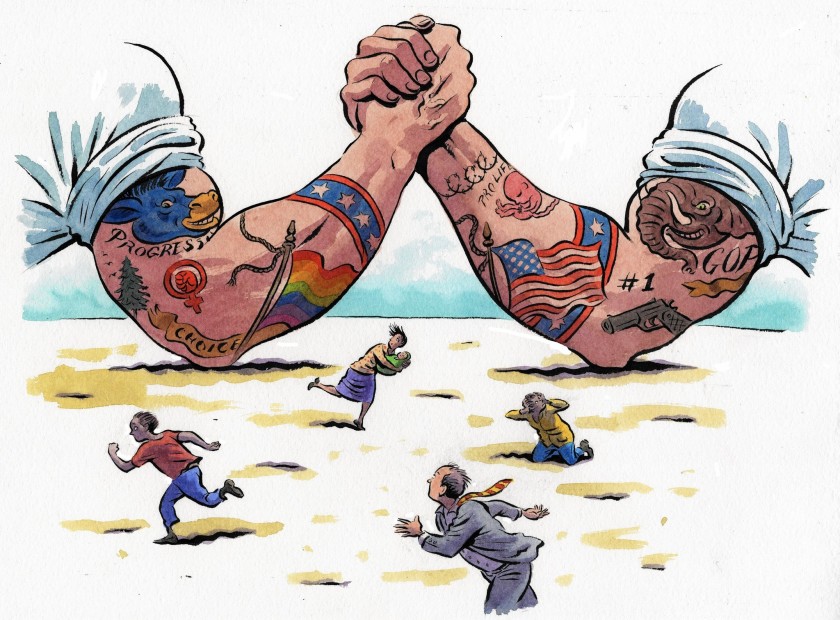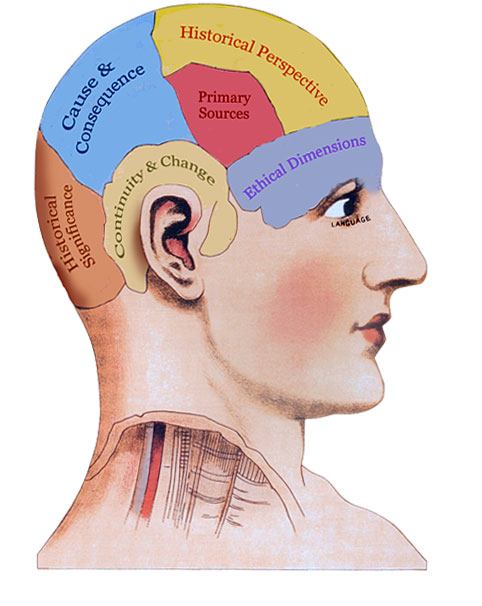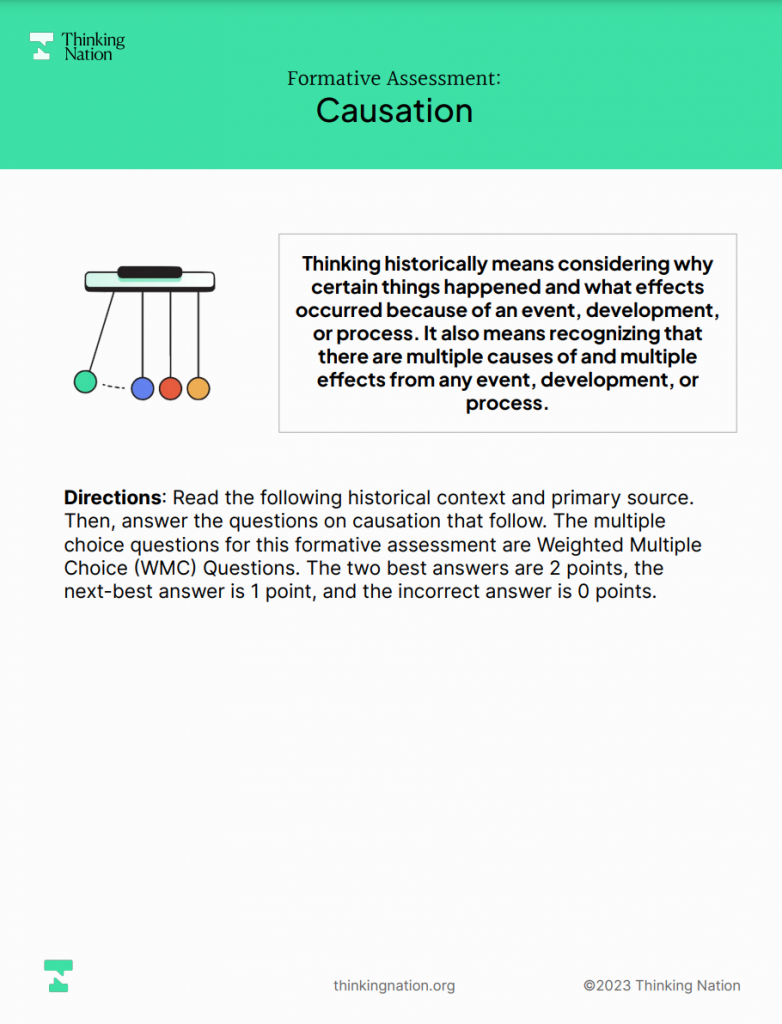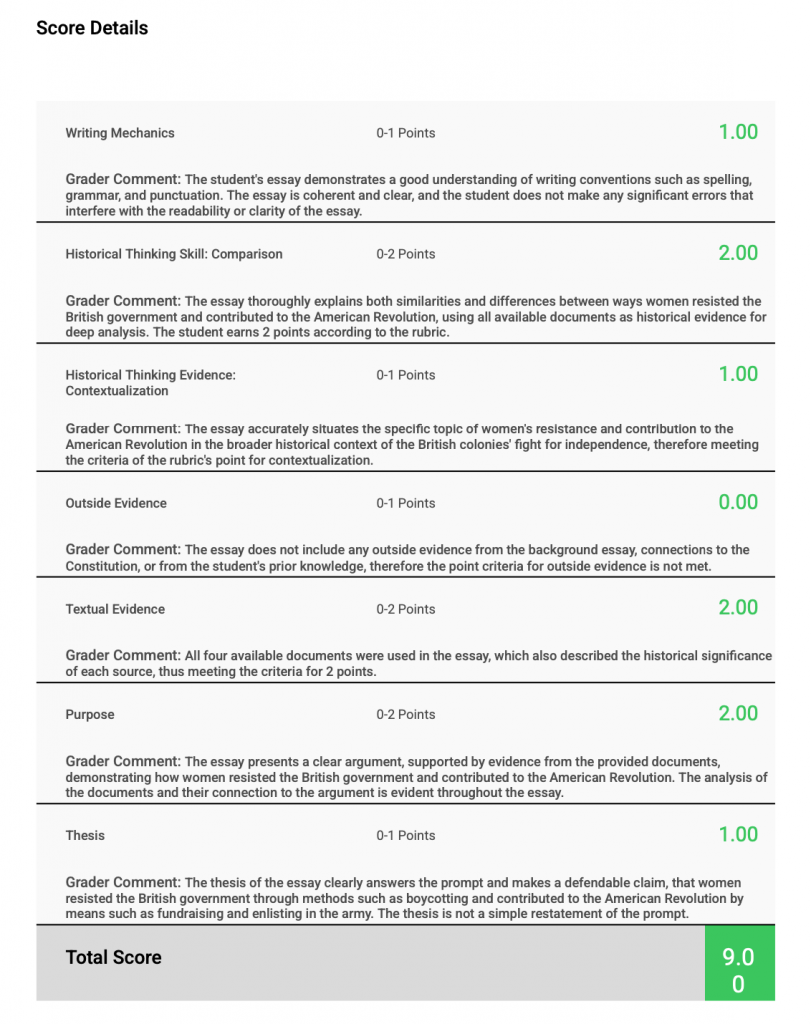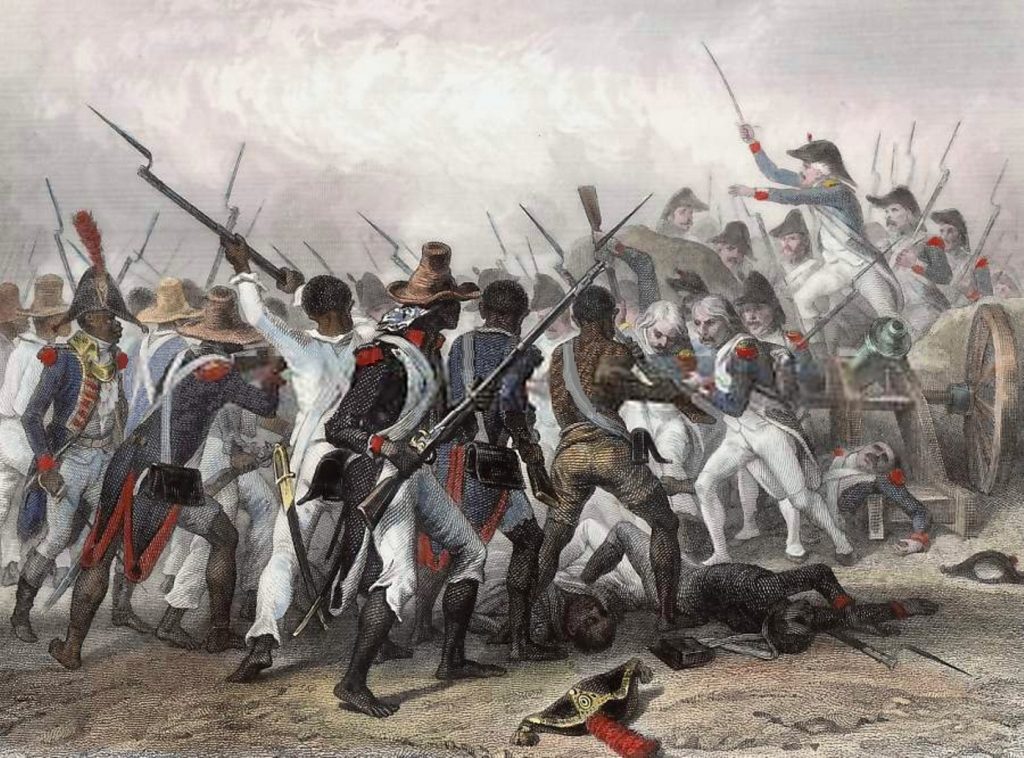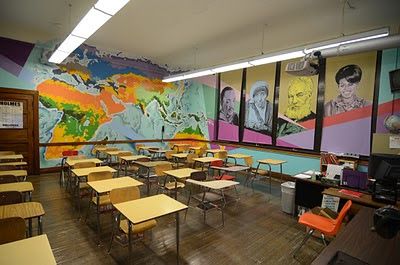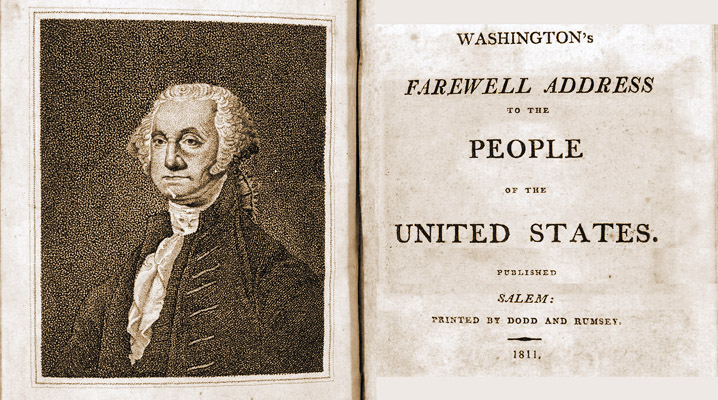1850 marked a turning point for many African Americans living in the United States. White America had double-downed on its quest for superiority through the passage of the Fugitive Slave Act. This act not only affirmed the language of the 1793 version, making it the duty of those in authority of one state to arrest a runaway slave in order for him or her to be returned, but now expected all white Americans to do the same. In this context, prominent Black thinkers Augustus Washington and Martin R. Delany began to advocate a new solution for Black Americans to rise up above these circumstances: emigration.
Whereas immigration is entering into a country, emigration is the exit from a county. In a sense, these Black Americans were advocating for a modern day exodus out of the land that enslaved them. Calls for emigration were complex. Many Black Americans favored a mass exit, many opposed it, only knowing America, for all its flaws, as their home. Still, it is important to look into these calls for emigration in an effort to better understand this important chapter in Black history.
Augustus Washington (fun fact: Washington was an American photographer and daguerreotypist and yet we don’t have a picture of him), writing in a letter to the editor of the New York Tribune in 1851, argued that it was time for African Americans to go somewhere “where they may secure an equality of rights and liberty with a mind unfettered and space to rise.” The United States could not be the place for African Americans to secure these things.
Likewise, Martin R. Delany did not see hope for African Americans staying in the United States. Delany appealed to his readers to look to South America as a future home, “To remain here in North America, and be crushed to the earth in vassalage and degradation, we never will.” Both authors saw hope for African Americans’ success in the U.S.
Despite the country being built on a foundation of equality, white Americans saw themselves as superior to black Americans, and as Delany wrote, “to assume superiority, is to deny the equality of others.” Believing that the circumstances of the United States were the primary factor deterring African American success, emigration was the solution. Black Americans needed to break from the constraints of the United States’ law and attitude in order to flourish.
To Delany, who looked to South America as a future home, going to Africa, Liberia specifically, would not work for geographic and political reasons. Washington, on the other hand, did see Liberia as the best future home for “the African race.” He saw Liberia as a place for African Americans to achieve the same “cultivated intellect” as the “long-civilized and Christian Saxons” had been able to in North America. Seeing the Liberians as uneducated and uncultivated, Washington argued that African Americans could colonize Liberia, “and impart civilization and the arts and sciences to its heathen inhabitants.” American triumphalism may have worn off on African Americans such as Washington more than they recognized.
The thoughts of Augustus Washington and Martin R. Delany on African American emigration serve as a unique glimpse into how some believed Black Americans could break free into success. For them, it could not happen in America.
